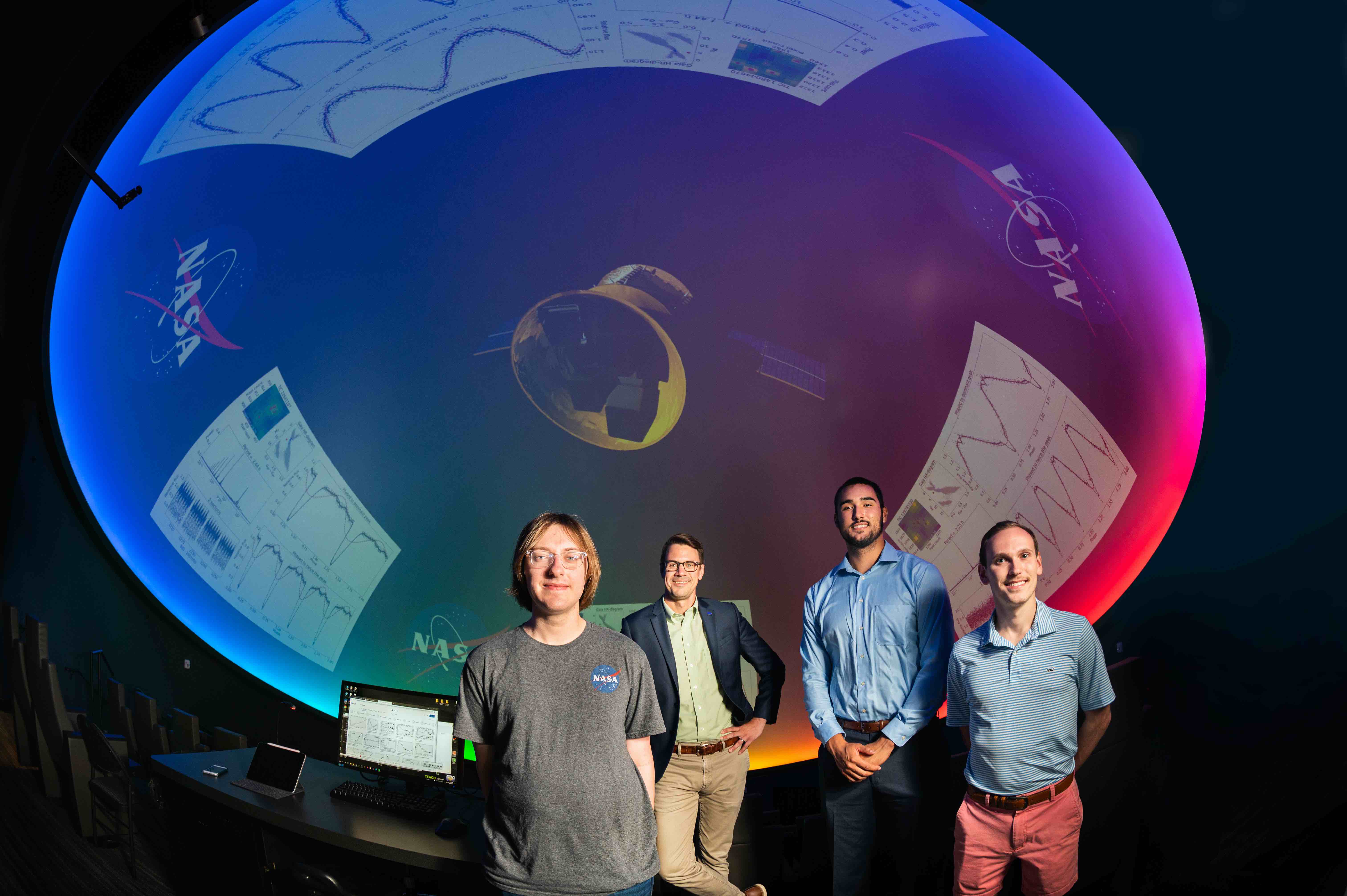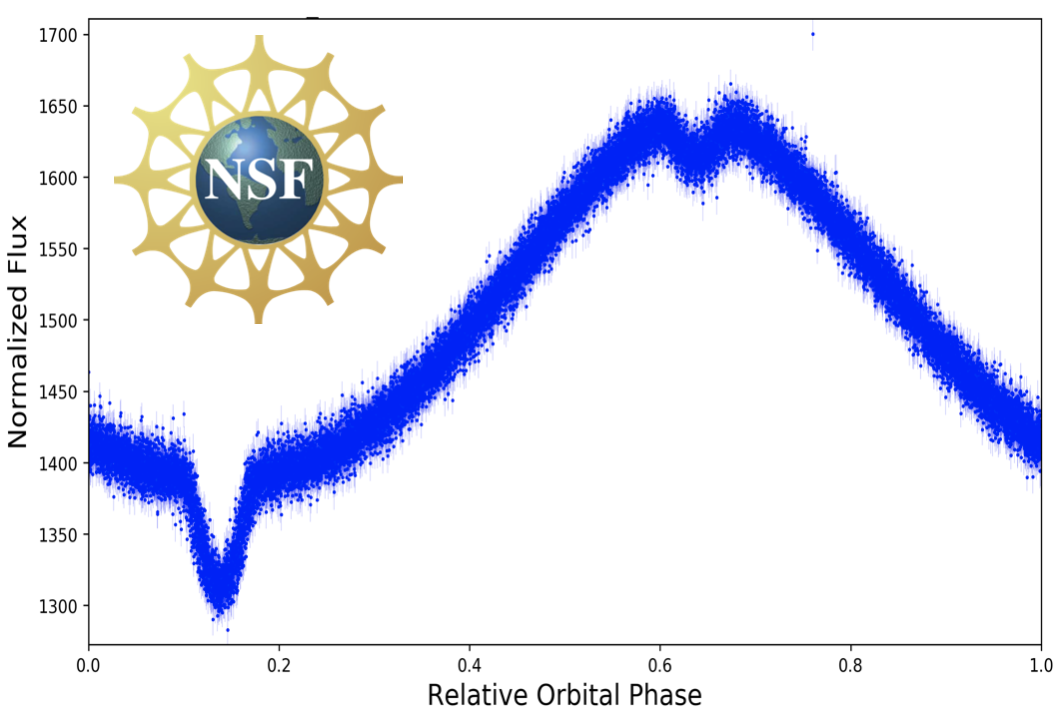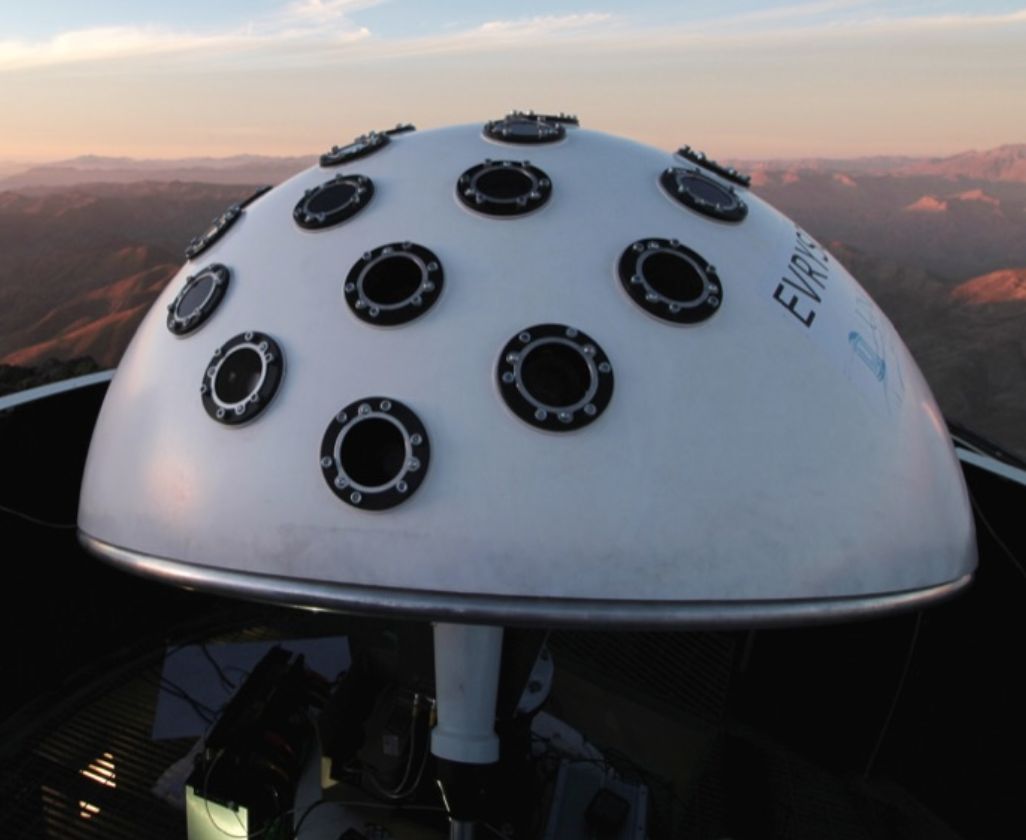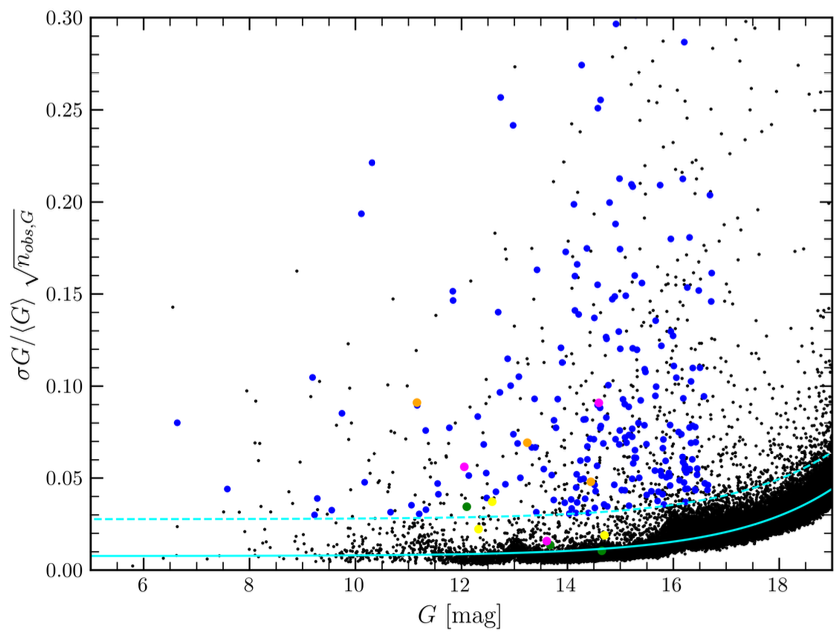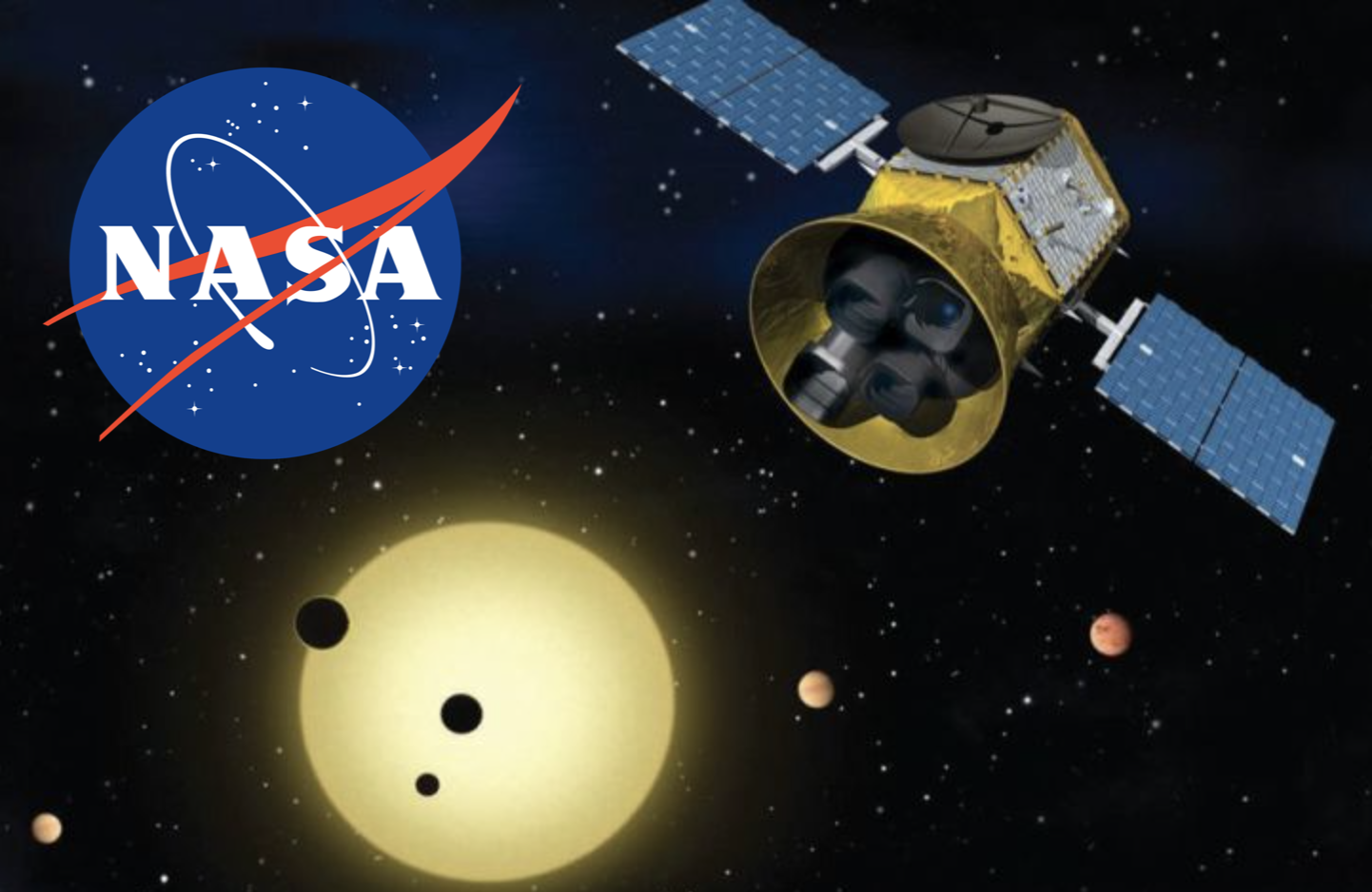Welcome!
I joined the Department of Physics at High Point University in 2013 and thoroughly enjoy working with our students and my colleagues. I am proud of what our small-but-mighty department has accomplished over the past ten years. Our undergraduate-centered astrophysics research group focuses on pulsating stars, eclipsing binary stars, and evolved stellar objects, including white dwarfs, hot subdwarfs, and even neutron stars. As a member of the SMARTS Consortium, we frequently use the CTIO/SMARTS 0.9-m and 1.5-m telescopes, both on Cerro Tololo in Chile. We also obtain photometry and spectroscopy with the Goodman Spectrograph on the 4.1-m SOAR Telescope on Cerro Pachon in Chile, the Skynet robotic telescopes, and NASA's TESS spacecraft. Our projects wouldn't be possible without the contributions of numerous talented collaborators around the world.
We are grateful that our research has been supported by several research grants, including most recently an NSF/AST award (AST #1812874), a NASA TESS Cycle 2 Guest Investigator Program grant (80NSSC19K1720), and a NASA TESS Cycle 3 Guest Investigator Program grant (80NSSC21K0364). If you are interested in doing astronomy research, please check out our group's research page, and send me an email to set up a meeting! I also serve as the founding director of the state-of-the-art Culp Planetarium, which opened up in August 2019, and Co-Director of the Natural Sciences Fellows Program. We use the planetarium not only to teach undergraduate courses in astronomy, environmental science, and other topics, but also to host occassional K-12 field trip visits. And during the COVID-19 pandemic, we initiated a remote outreach program through which we share flatscreen versions of our fulldome movies and produce virtual planetarium shows for local school children. Aside from research, teaching, and outreach, I enjoy playing the piano, writing music, running, and hanging out with my wife Jenn and daughters Clare (6 yr) and Josie (4 yr).
Download my Curriculum Vitae